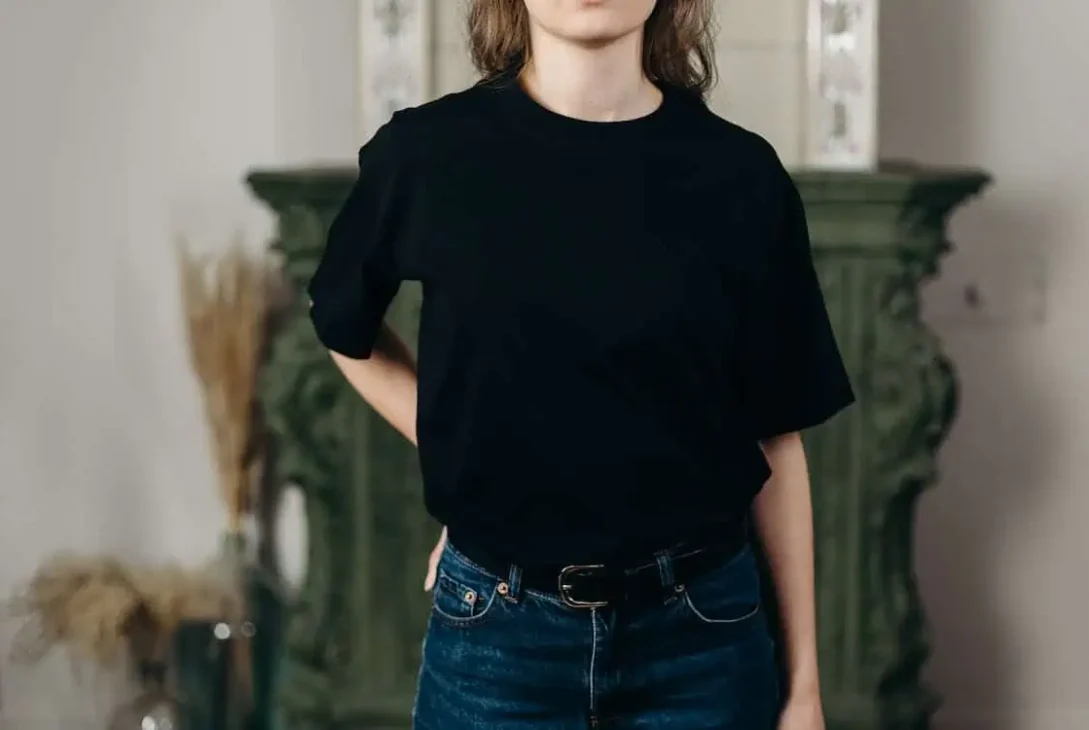Table of Contents
- What Is Jersey Fabric?
- Types of Jersey Fabric
- Advantages of Jersey Fabrics
- Popular Uses for Jersey Fabrics
- Care and Maintenance Tips for Jersey Fabrics
- Creative Ideas for Using Jersey Fabric
- Eco-Friendly Options in Jersey Fabrics
- Choosing the Right Jersey Fabric for Your Project
What Is Jersey Fabric?
Jersey fabric is a knit textile celebrated for its remarkable elasticity and comforting softness. Initially crafted from wool, modern-day jerseys now commonly feature cotton, synthetic fibers, or blended materials, enhancing their versatility. The fabric’s name originates from the Channel Island of Jersey, where it was first produced. This fabric has garnered widespread acclaim for its comfort and adaptability, making it a staple of casual and athletic wear. Imagine creating a chic summer dress or a cozy bedliner set; jersey fabric is your go-to option for such diverse applications. Its soft texture and stretchy nature make it the perfect choice for garments that need to accommodate movement, such as activewear and loungewear.
Types of Jersey Fabric
Different kinds of jersey materials are identified by their distinct attributes, making them appropriate for different uses. The primary types include single-knit jerseys, double-knit single-knit, double-knit, and interlock jerseys. Today, this material has become a cornerstone in fashion and home textiles, and you can easily find Jersey fabric by the yard online, making it readily accessible for all sorts of creative projects.
- Single Knit Jersey: This is the most common type, known for its lightweight and stretchable nature. It is ideal for making comfortable t-shirts, lightweight dresses, and baby clothes.
- Double Knit Jersey: Thicker than single knit, this type offers more structure and is perfect for creating heavier garments like jackets, skirts, and cozy winter dresses.
- Interlock Jersey: This variation provides excellent durability and a smooth texture on both sides. It is often used for baby clothing and athletic wear and offers comfort and resilience.
Understanding these types will significantly aid in selecting the best fabric for your project. Whether you’re making a simple t-shirt or a sophisticated dress, choosing the right type can make a huge difference. Learn more about different types of knit fabrics.
Advantages of Jersey Fabrics
- Comfort: Jersey fabric is celebrated for its softness, which feels pleasant against the skin, making it an ideal choice for everyday wear.
- Elasticity: The stretchability of jersey fabric provides a comfortable fit and easy movement. This is particularly beneficial for activewear and casual garments.
- Breathability: Jersey fabric is breathable, which helps maintain comfort by allowing air circulation. This feature is handy in warm weather.
- Durability: Despite its softness, jersey fabric is robust and long-lasting. It can endure multiple washes and normal wear without losing its quality.
Popular Uses for Jersey Fabrics
Jersey fabric’s adaptability makes it suitable for various applications in the fashion and textile industry. Typical uses include creating t-shirts, dresses, underwear, and bed sheets. The material’s flexibility and comfort make it popular in sportswear and casual clothing. Imagine a stylish summer dress that’s both comfortable and chic or a pair of leggings that fit perfectly while allowing complete freedom of movement—these are just a few examples of what can be crafted from this versatile fabric.
Care and Maintenance Tips for Jersey Fabrics
- Make sure to always refer to the care label for precise directions, as various blends may need specific care.
- Wash jersey fabric in cold water to prevent shrinkage. This helps in retaining its natural stretch and softness.
- Utilize a delicate washing cycle in the washing machine to maintain the fabric’s integrity. Rigorous patterns can quickly cause deterioration in the fabric.
- If needed, either let it air dry or use a low setting when tumble drying. Extreme temperatures can compromise the fabric’s elasticity.
- Iron at a low temperature to prevent harm to the fibers. Jersey fabric generally doesn’t wrinkle much, so high heat is unnecessary.
Creative Ideas for Using Jersey Fabric
Besides its traditional uses, jersey fabric can be a fantastic material for various DIY projects. Think along the lines of reusable shopping bags, headbands, or pillowcases. Its flexibility and ease of use make it a favorite among crafters looking to experiment with different creations. For instance, you could make a soft, stretchy headband that fits perfectly or a set of custom pillowcases that add a personal touch to your home decor. The possibilities are endless, offering a wonderful outlet for creativity and personalization. Check out some creative DIY fabric project ideas here.
Eco-Friendly Options in Jersey Fabrics
The increasing demand for sustainable textiles has led to the development of eco-friendly jersey fabrics. These are often made from organic cotton or recycled materials, providing a more environmentally friendly alternative without compromising quality or comfort. Many brands now offer organic jersey fabric made from cotton grown without harmful chemicals. Recycled jersey fabric is another excellent option, often created from post-consumer plastic bottles or old garments, reducing waste and conserving natural resources.
Read Also: Thespark Shop Boy & Girl Clothes Online: Trendy And Affordable Clothes
Choosing the Right Jersey Fabric for Your Project
When selecting jersey fabric for a project, multiple factors such as weight, stretchability, and fiber content must be considered. Different projects require different types of jersey fabric. For instance, a lightweight, breathable jersey is perfect for a summer dress, offering comfort and style. On the other hand, a thicker, more durable jersey fabric would be better suited for making a pair of leggings or a cozy hoodie, offering the necessary structure and resilience.
Evaluating these elements can ensure that you pick a fabric that matches your project’s requirements, resulting in a better-finished product. Whether sewing a comfortable tee or a fashionable dress, jersey fabric offers the versatility and quality needed to bring your vision to life.















